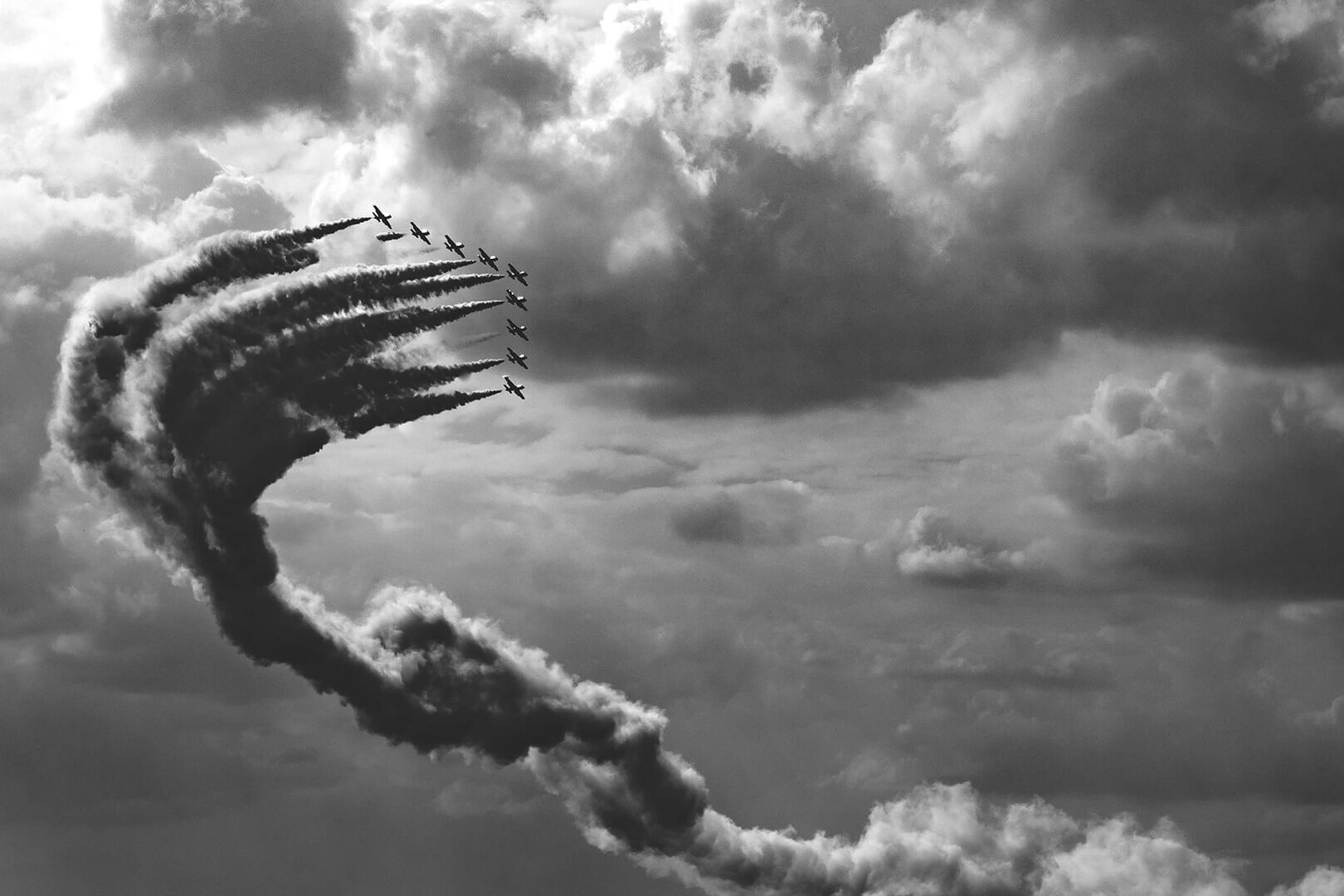2023: Defence Industry Trends
The defence sector is constantly evolving, and new trends are emerging all the time. These trends are shaping the future of defence and will continue to influence the industry in the years ahead.
Increased focus on cybersecurity
With the growing threat of cyber attacks, there is an increased focus on cybersecurity in the defence sector. Cybersecurity has become a top priority for defence organizations around the world, as they seek to protect critical infrastructure and sensitive information from cyber threats. This includes developing new technologies and strategies to protect against cyber threats, as well as increasing collaboration between government and private sector organizations.
Emerging technologies
Many emerging technologies are shaping the future of the defence sector, including artificial intelligence, robotics, and drones. These technologies are being used to improve the efficiency and effectiveness of military operations, as well as to develop new capabilities and strategies. For example, drones are being used for reconnaissance and surveillance, and robots are being used for hazardous tasks such as bomb disposal. Artificial intelligence is also being used in many applications, from the analysis of big data to real-time decision-making.
Data Analytics
Data analytics is becoming increasingly important in the defence sector as a way to improve decision-making, optimize resources, and enhance situational awareness. This includes the use of big data and advanced analytics tools to analyze large amounts of data from various sources. The use of data analytics can help to identify patterns, trends, and insights that can be used to inform decision-making and to improve the efficiency and effectiveness of operations.
Sustainability and environmental responsibility
Sustainability and environmental responsibility are becoming increasingly important in the defence sector, as organizations seek to reduce their environmental impact and meet evolving regulatory requirements. This includes efforts to reduce energy consumption, minimize waste, and develop more sustainable supply chains. For example, many defence organizations are turning to renewable energy sources and investing in energy-efficient technologies to reduce their carbon footprint.
International cooperation
The global nature of security threats is increasing the importance of international cooperation in the defence sector. This includes increased collaboration between countries, as well as the development of regional and global security frameworks. This cooperation can include the sharing of information, resources, and expertise, as well as joint training and exercises.
Innovation
The defence sector is placing an increased emphasis on innovation as a way to stay ahead of emerging threats and maintain a competitive advantage. This includes investing in research and development, as well as fostering a culture of innovation within organizations. In this way, the defence sector can stay ahead of the curve in terms of technology and tactics.
Supply chain ecosystems
The defence sector is also moving towards a supply chain ecosystem approach. This approach involves a network of interconnected organizations and stakeholders working together to deliver products and services to the end user. This approach offers several benefits for the defence sector, including increased efficiency, flexibility, and resilience. Key elements of this approach include increased collaboration and partnerships, the use of technology to enable collaboration and information sharing, the integration of the supply chain, increased focus on sustainability and environmental responsibility, greater emphasis on innovation, and increased focus on risk management.
Summary
The defence sector is constantly evolving and facing new challenges. From the growing focus on cybersecurity to the emergence of new technologies like AI and drones, the industry is adapting to meet the changing threat landscape. Additionally, the industry is incorporating sustainable practices, international cooperation and a more integrated supply chain ecosystem approach. Furthermore, innovation is being prioritized to stay ahead of emerging threats and maintain a competitive advantage. All of these trends and efforts are crucial for the defence sector to stay ahead in the game and to provide the best protection for nations and people. The defence sector is in a state of dynamic change and it will be interesting to see how it continues to adapt and innovate in the future.

